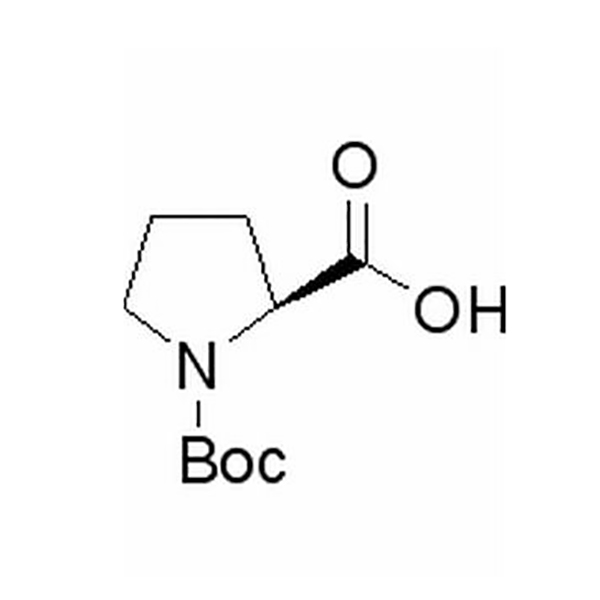Fmoc-N-trityl-L-asparagine (CAS# 132388-59-1)
Risk and Safety
| Risk Codes | 53 – May cause long-term adverse effects in the aquatic environment |
| Safety Description | S24/25 – Avoid contact with skin and eyes. S61 – Avoid release to the environment. Refer to special instructions / safety data sheets. |
| UN IDs | UN 3077 9 / PGIII |
| WGK Germany | 2 |
| FLUKA BRAND F CODES | 3-10 |
| HS Code | 2924 29 70 |
| Hazard Class | IRRITANT |
| Toxicity | LD50 orally in Rabbit: > 2000 mg/kg |
Introduction
2. Solubility: Soluble in some organic solvents, such as dimethyl sulfoxide (DMSO) and dichloromethane.
3. Stability: relatively stable at room temperature.
The main uses of FMOC-Nγ-trityl-L-asparagine are as follows:
1. Fluorescent dye: It can be used as a fluorescent probe for biochemical research and analysis.
2. peptide synthesis: it can be used as a protecting group in peptide synthesis, by introducing FMOC group at the amino end to protect other amino or hydroxyl groups to prevent unnecessary reactions.
FMOC-Nγ-trityl-L-asparagine is prepared as follows:
In general, FMOC-Nγ-trityl-L-asparagine can be prepared by reacting N-trityl-L-asparagine with FMOC acid chloride.
Regarding safety information, you need to pay attention to the following:
1. Protective measures: When handling and using the compound, you must wear appropriate personal protective equipment, such as laboratory gloves, protective glasses and laboratory clothing.
2. toxicity: FMOC-Nγ-trityl-L-asparagine may have certain toxicity to human body, so it should be used with caution, avoid inhalation, intake or contact with skin.
3. environmental impact: should comply with the relevant environmental laws and regulations, the proper disposal of waste, to avoid pollution to the environment.


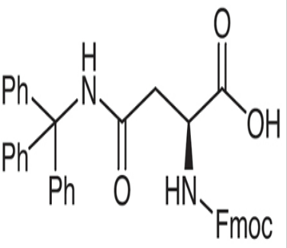
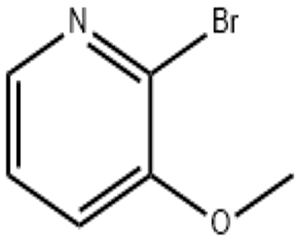
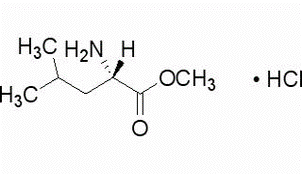
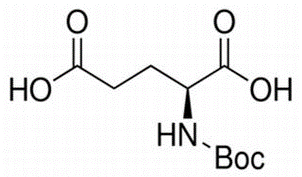
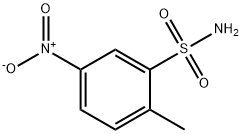
![N-[(tert-butoxy)carbonyl]-L-tryptophan (CAS# 13139-14-5)](https://www.xinchem.com/uploads/N-tert-butoxycarbonyl-L-tryptophan.png)
